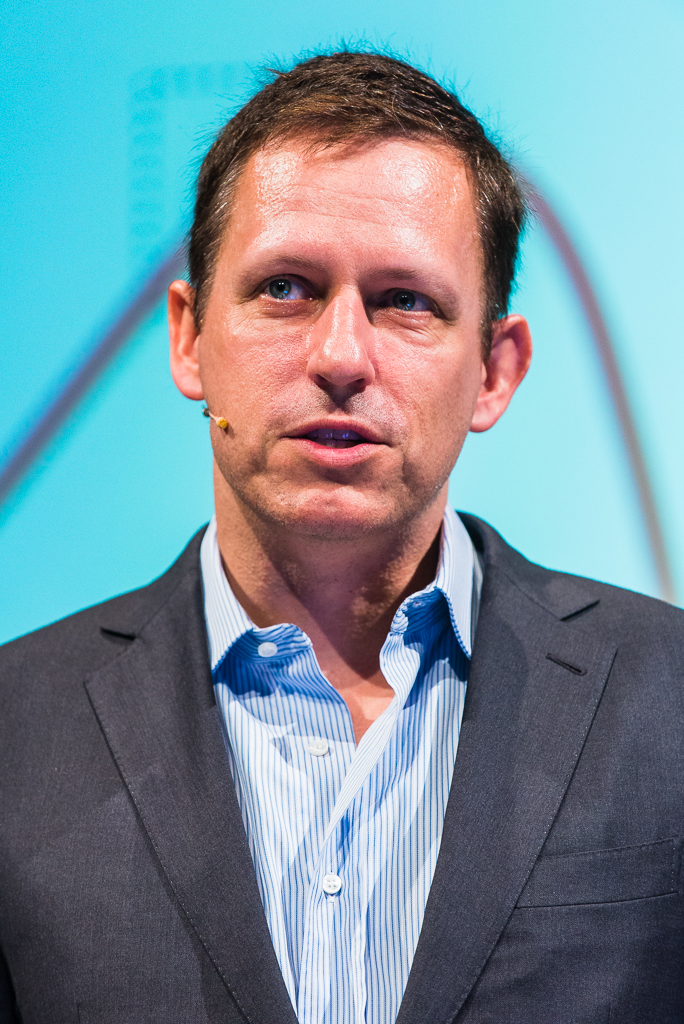
Can death be approached as just another solvable puzzle? For a rising group of tech moguls, the answer is yes and they are pouring mind-boggling amounts of money to make it true. At a time when breakthroughs in biotechnology are remaking medicine’s frontiers, these businessmen are investing their wealth in enterprises that seek to slow down, turn back, or even stop the aging process.
From reprogramming cells to disease-focused philanthropy, their approaches cover the gamut of science everything from fundamental studies of aging biology to high-risk, high-reward ventures that would redefine the length of human life. Some aim to battle age-related maladies, while others work towards bold interventions to revitalize cells, organs, and bodies. The outcome is a union of high-end wealth, disruptive technology, and the oldest human desire: more time.
This rundown looks at eight of the best-known players in this movement, describing their investments, philosophies, and the scientific boundaries they are expanding.
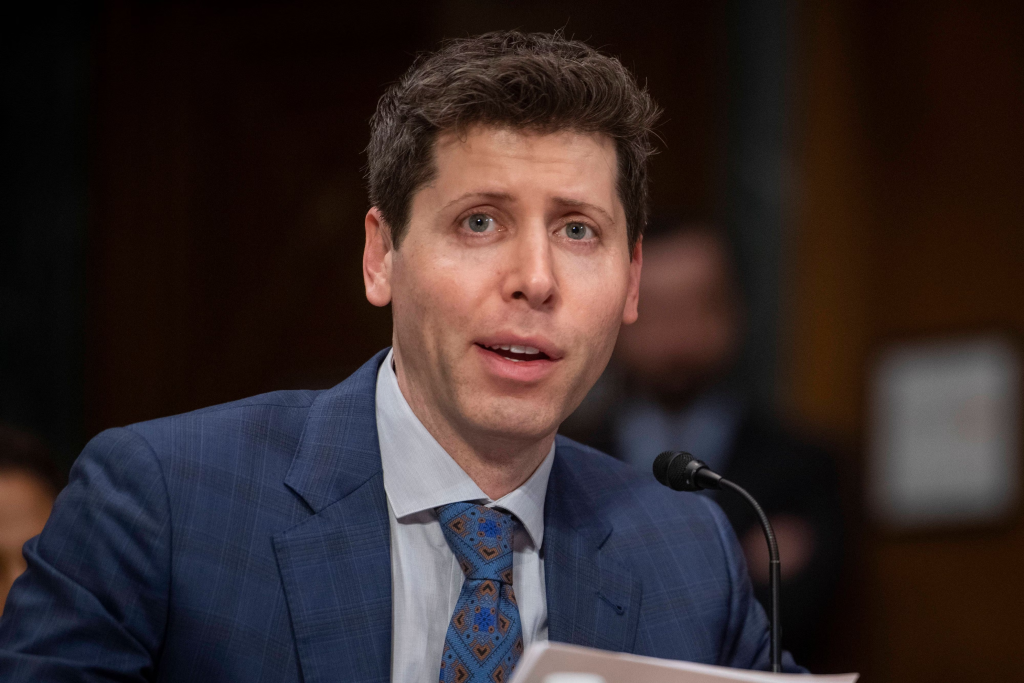
1. Sam Altman’s $180 Million Wager on Adding Ten Years to Your Life
OpenAI CEO Sam Altman has invested $180 million in Retro Biosciences, a company that seeks to extend the human lifespan by ten healthy years. Retro’s unorthodox strategy, which CEO Joe Betts-LaCroix called “breaking all the rules of early-stage biotech,” involves development of blood stem cell production licensed from Australia’s Murdoch Children’s Research Institute. Such an achievement could make possible perfectly matched transplants, with no risk of donor mismatch complications.
Aside from blood research, Retro is building brain cell regenerative therapies and an Alzheimer’s drug due to go into trials in Australia. The firm has even collaborated with OpenAI to create proteins that short-term reprogram cells to act as stem cells. Altman’s personal routine is simple healthy eating, exercise, sleep, metformin but his investing indicates a view longevity research needs an “OpenAI-type effort” to shake up the space.
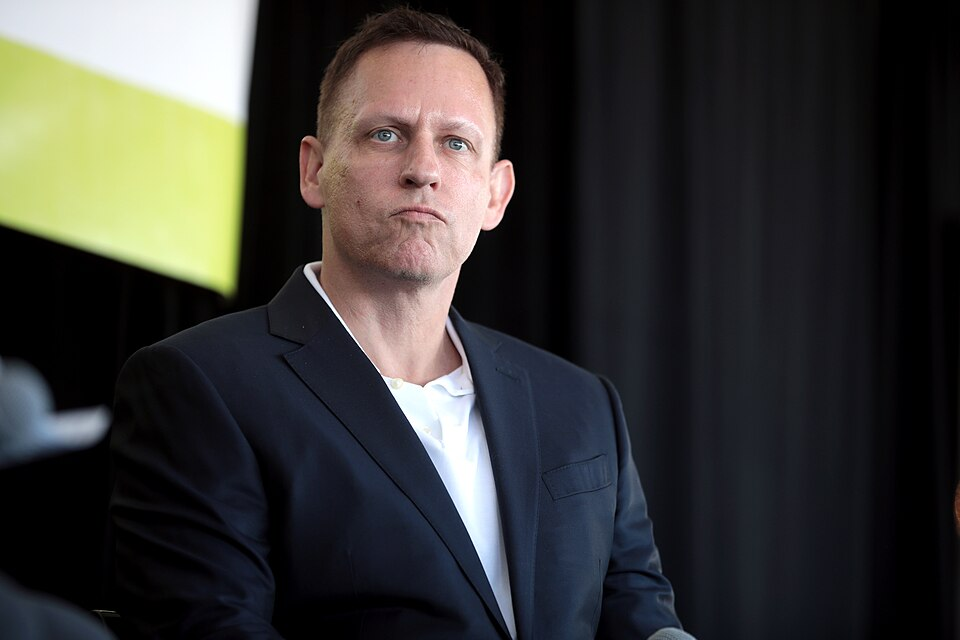
2. Peter Thiel’s Battle Against Death and Cryonics Pledge
Billionaire investor Peter Thiel has invested tens of millions in longevity startups, from senolytic medicines at Unity Biotechnology to committing a total of $7 million to the Methuselah Foundation for regenerative medicine. His most contentious act is enrolling with the Alcor Life Extension Foundation for cryonic preservation upon death a measure that he describes as “more an ideological statement” than a sure route to resurrection.
Thiel’s worldview is clear: “We should either conquer death or at least figure out why it’s impossible.” He has tried human growth hormone in the quest to live to age 120 and supported genomic sequencing initiatives with Founders Fund. Cryonics is scientifically untested, but Thiel’s willingness to invest in speculative technology speaks to his desire to battle mortality instead of accepting it.
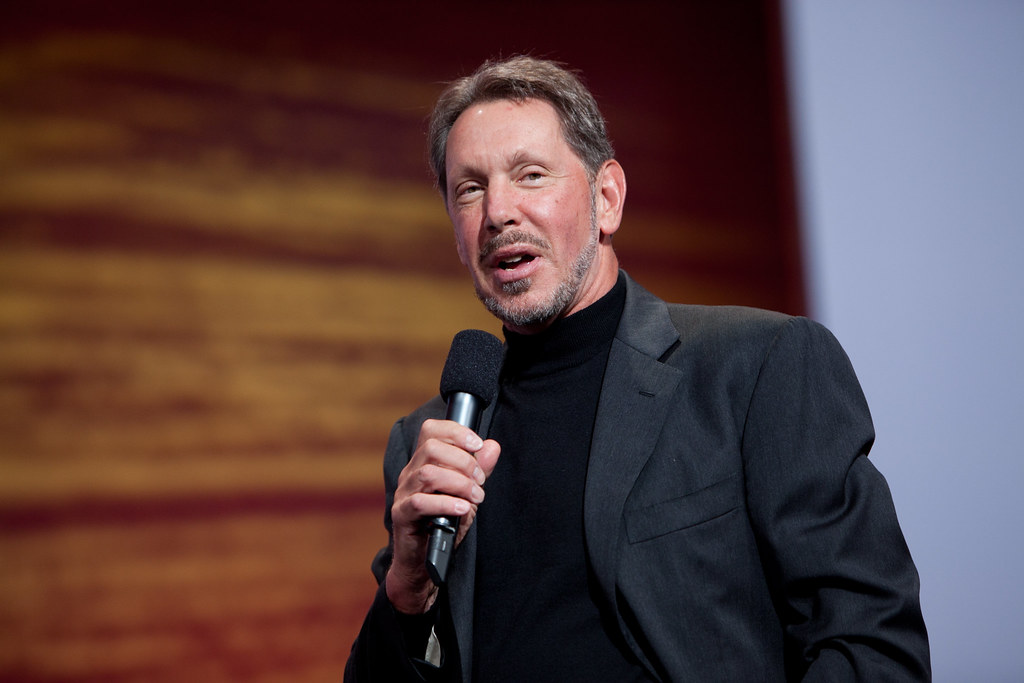
3. Larry Ellison’s Long Campaign Against Aging
Oracle founder Larry Ellison has always wondered about the sense of death, expressing to his biographer, “Death has never made any sense to me.” In 1997, he founded the Ellison Medical Foundation, allocating about 80% of its $430 million in grants to research on aging until 2013. Philanthropy persists, including a $200 million donation to USC’s cancer center, now the Ellison Institute of Technology, which went global with an Oxford expansion in 2023.
Ellison’s investments focus on the biology of aging at its core, funding research into age-related disease and lifespan development. His long-term support over decades is driven by the belief that understanding aging in its biological essence is the key to increasing lifespan.
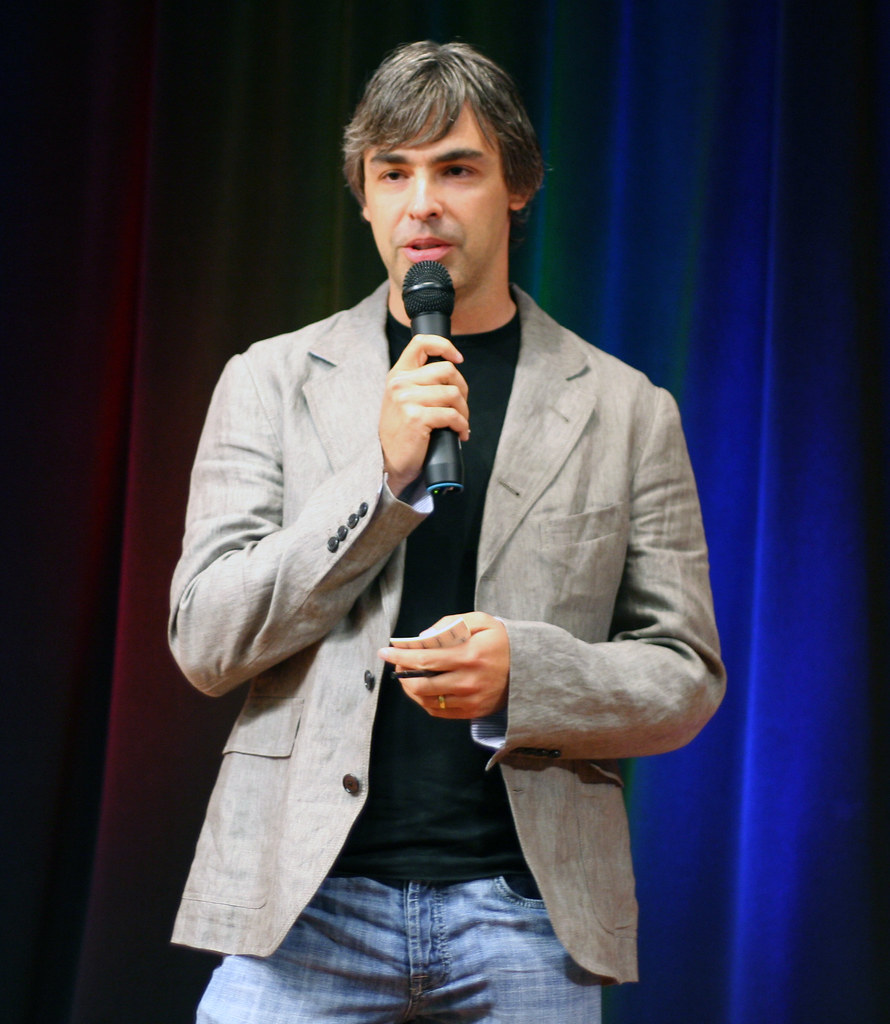
4. Larry Page’s Calico Labs and the Pursuit of Age-Related Therapies
Google co-founder Larry Page founded Calico Labs in 2013 to research aging and work on treatments for age-related diseases. Working with AbbVie, Calico has billions of support but has come under criticism for not much tangible progress visible. The company’s research on cellular reprogramming has had implications for newer companies such as Altos Labs, which is rumored to be supported by Jeff Bezos.
Calico’s goal is wide-ranging fighting from neurodegeneration to cancer but its secrecy has left onlookers hungry for tangible advances. Co-founder Bill Maris has expressed frustration at the pace, pointing out the difficulty of moving basic aging science into therapeutics.
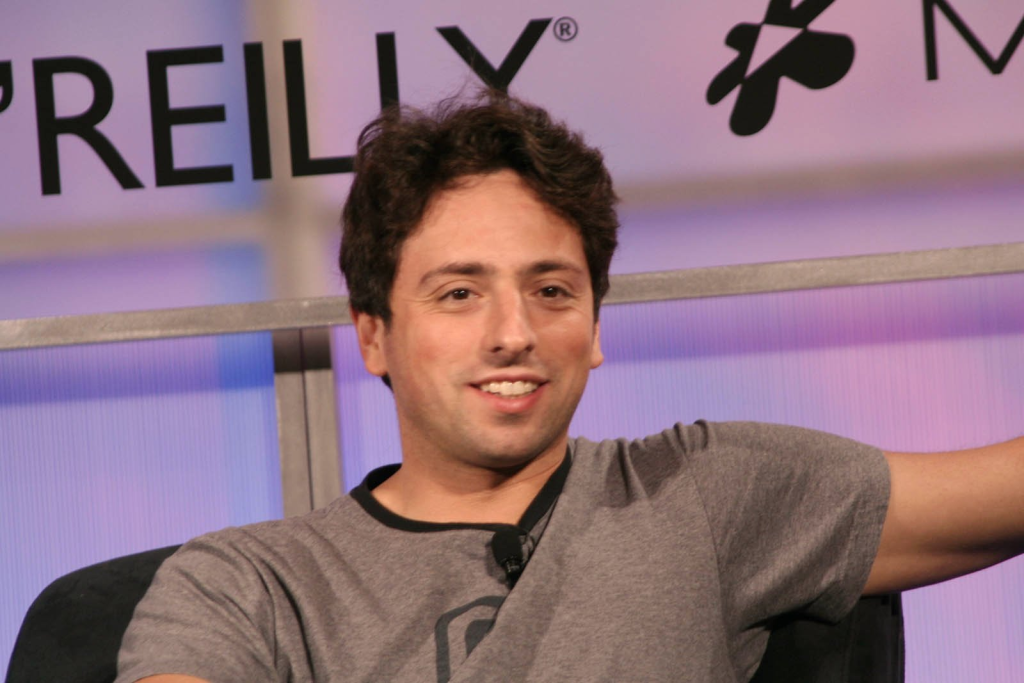
5. Sergey Brin’s $1.1 Billion Crusade Against Parkinson’s
Spurred by a genetic mutation in the LRRK2 gene that increases his Parkinson’s risk, Sergey Brin has become the single biggest Parkinson’s research donor, donating $1.1 billion so far. His Aligning Science Across Parkinson’s (ASAP) program supports international teams of up to $9 million per team for basic research, coordinated by the Michael J. Fox Foundation.
Brin’s plan is to close “discovery gaps” in knowledge about the biology of the disease, hoping that insights into genetic variants such as LRRK2 would reveal therapy for wider patient groups. ASAP’s open-science approach demands publication in freely available journals, encouraging collaboration across disciplinary boundaries to speed progress.
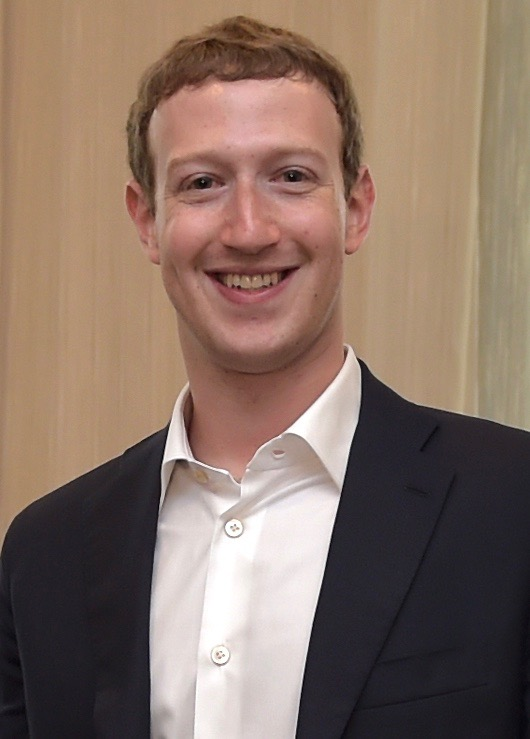
6. Mark Zuckerberg’s Breakthrough Prize and Disease Research
eta CEO Mark Zuckerberg and Priscilla Chan started the Breakthrough Prize, giving $3 million to researchers in life sciences, medicine, and math. Several awardees focus on neurodegenerative diseases and gene editing. Under the Chan Zuckerberg Initiative, they have pledged millions towards curing infectious diseases and established the Neurodegeneration Challenge Network to investigate common mechanisms in diseases such as Alzheimer’s and ALS. Zuckerberg sees a world where “it will be pretty normal for people to live past 100” and supplements his philanthropy with a rigorous exercise routine, including jiu-jitsu and CrossFit.
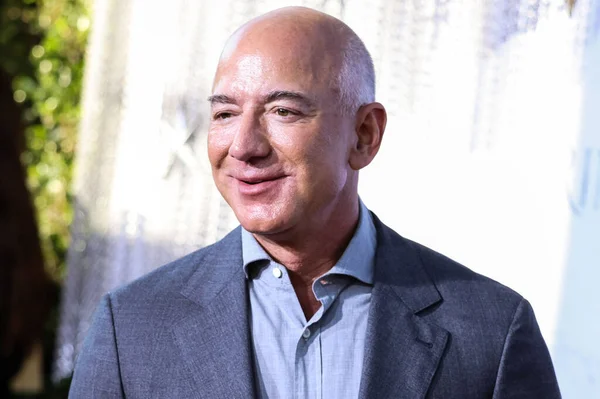
7. Jeff Bezos and Altos Labs’ Cellular Rejuvenation
Jeff Bezos has been reportedly investing in Altos Labs, a firm working on cellular reprogramming for the rejuvenation of cells to improve their health and durability. Altos hires top scientists with million-dollar paychecks to research how Yamanaka factors reverse cellular aging without inducing tumors. Altos also investigates biological clocks, led by Steve Horvath, to quantify the effects of rejuvenation treatments.
Altos’ “research driven by curiosity” seeks to comprehend rejuvenation prior to pursuing commercial products, sitting at the vanguard of both inducing and measuring age reversal.
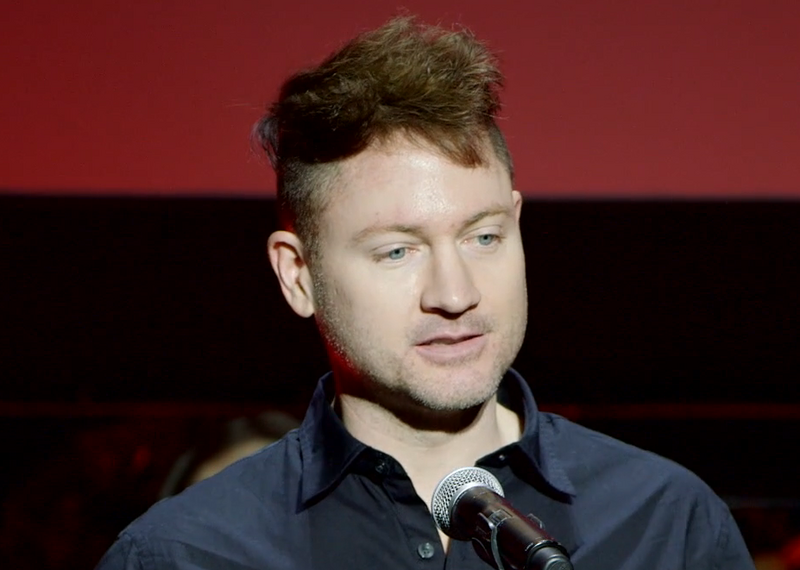
8. Bryan Johnson’s Extreme Biohacking Blueprint
Biotech entrepreneur Bryan Johnson spends more than $2 million per year on “Project Blueprint,” a regimen aimed at attaining the biological age of lowest possible. Under the counsel of physician Oliver Zolman, Johnson maintains a 2,250-calorie vegan diet, takes 91 supplements per day, and performs light therapy, heart rate variability training, and high-intensity exercise.
Johnson asserts to have slowed his biological aging by 5.1 years, with a rate of aging of 0.69 i.e., he gets older eight months for each twelve on the calendar. His methodology combines quantified self-tracking with aggressive treatments, ranging from red light therapy hats for hair regrowth to full-body light treatments for collagen production.
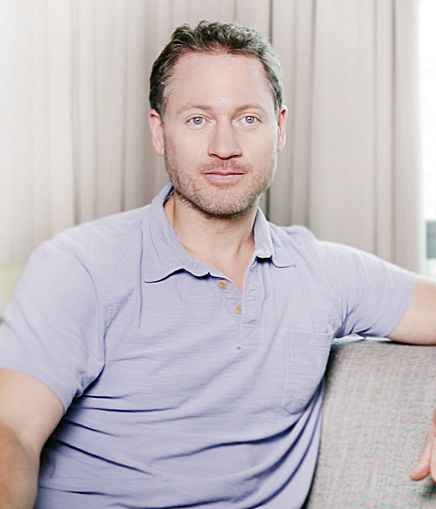
The intersection of tremendous personal wealth and advanced science is remaking the topsy-turvy world of aging research. Far from just writing checks to laboratories, these eight individuals are redescribing the boundaries of what aging science can try to do, from disease-by-disease breakthroughs to fanciful cellular rejuvenation. Whether their wagers pay off in incremental improvements or revolutionizing discoveries, they are speeding up the calendar for solutions to humanity’s greatest question: how to keep time itself.

